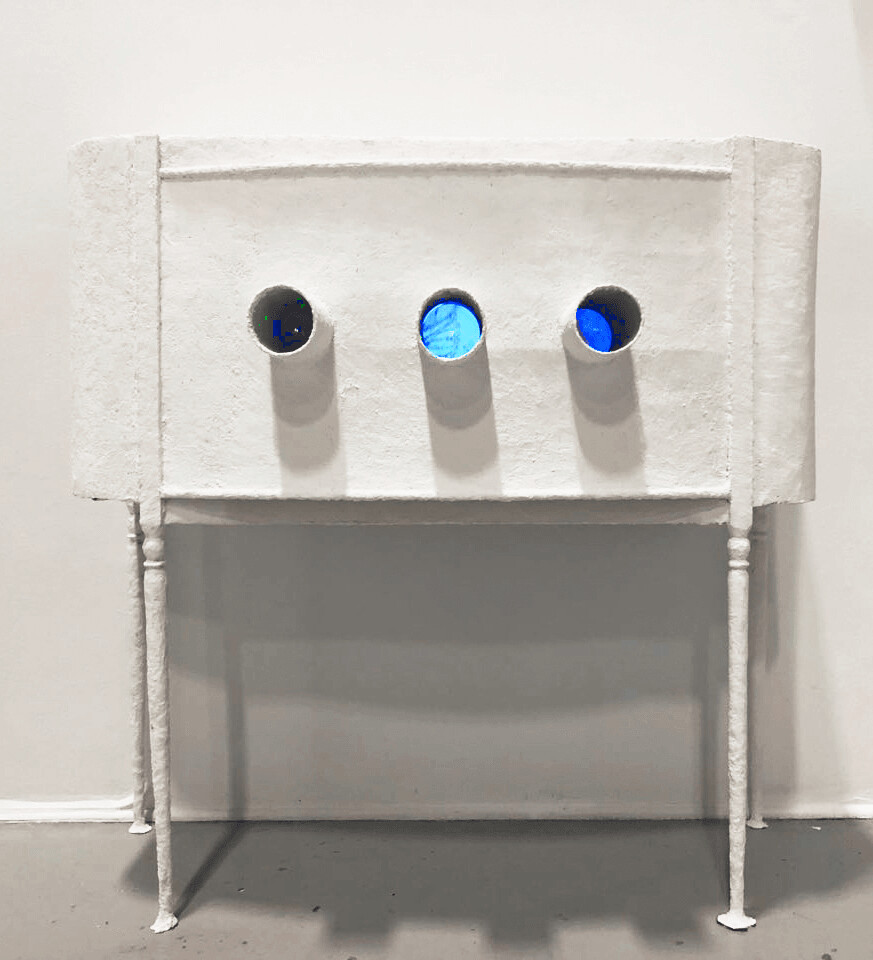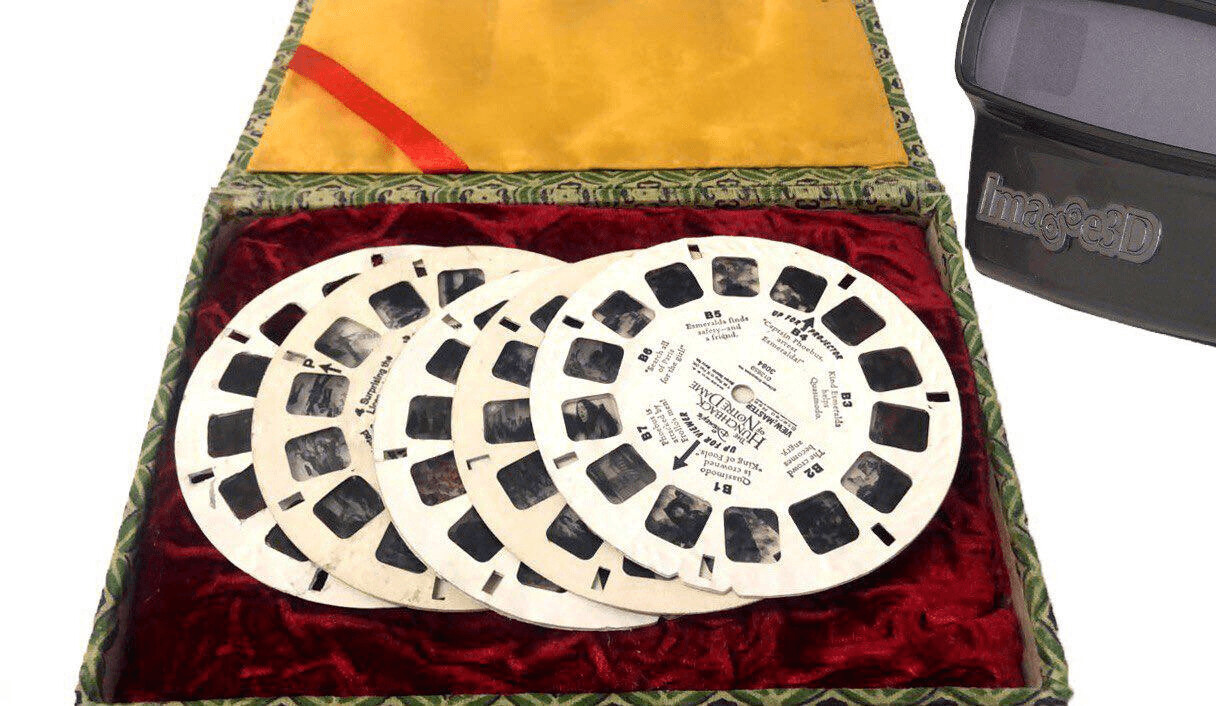Today we’d like to introduce you to Narges Poursadeqi.
Hi Narges, so excited to have you with us today. What can you tell us about your story?
I was born and raised in Tehran, Iran, and I experienced firsthand the severe restrictions on artistic expression. But instead of stifling my creativity, these challenges fueled my determination to explore the fine arts, particularly as they relate to culture, religion, and women’s rights. This journey has been pivotal to my artistic growth and personal development. My passion for visual storytelling began at the Iranian Youth Cinema Society, where I discovered photography and video production. This early experience laid the foundation for my future artistic endeavors. Later, I pursued fine art at the University of California, Berkeley, refining my skills and broadening my creative horizons. Earning a master’s degree from the California College of the Arts further solidified my commitment to artistic exploration.
My work revolves around the interplay between culture, memory, and narrative and how these elements shape each other. I draw inspiration from political events, cultural dynamics, and religious themes, using archived photos, videos, and texts as my raw materials. I see myself as both a collector and a storyteller, crafting contemporary art that responds to current issues and sparks dialogue.
Through my art, I aim to shed light on the complexities of the human experience. My journey from Tehran to the United States, navigating cultural and linguistic challenges, has enriched my perspective and deepened my resolve to create meaningful art. This path hasn’t been easy, but it has shaped my identity and guided my artistic vision.



Alright, so let’s dig a little deeper into the story – has it been an easy path overall and if not, what were the challenges you’ve had to overcome?
My journey has been quite challenging, and I wouldn’t wish it upon anyone. At the age of 24, I faced a life-and-death situation that forced me to leave my home country with my 4-year-old daughter to seek asylum in another nation. This experience was incredibly daunting and tested the limits of my resilience and courage. I consider myself fortunate to have survived these challenges and to have found refuge in the United States, where a new set of obstacles awaited me. Adapting to a new country was an enormous challenge. Learning a new language, understanding different cultural norms, and navigating an unfamiliar system required immense effort and perseverance. Rebuilding my entire life from scratch was daunting, as I had to start over without the support networks and familiar surroundings I had left behind.
Despite these significant hurdles, these experiences have profoundly shaped who I am today. They have taught me resilience, adaptability, and the importance of hope and determination. Each struggle has strengthened my resolve and deepened my empathy, allowing me to connect more meaningfully with others who face similar hardships. The journey was far from easy, but it has been instrumental in forging my identity and guiding my purpose in life.




Thanks – so what else should our readers know about your work and what you’re currently focused on?
I draw inspiration from political events, culture, and religion, using archived photos, videos, and texts as my raw materials. I consider myself both a collector and a storyteller, crafting contemporary art that responds to current issues, political movements, and cultural discourse. Finding a compatible artistic process for each story is crucial in my practice. This means identifying the ideal vessel for each archival material, a process deeply influenced by the specific narratives I aim to convey. History, memories, and stories, alongside archive materials, are crucial elements in my work. I view my pieces as talismans, imbued with cultural-historical power that becomes activated by the audience or participants, sparking curiosity and awareness.
A unique aspect of my work is the use of childhood toys such as kaleidoscopes and View-Masters. These playful devices serve as tools to help viewers engage with challenging and sometimes painful narratives. Through my art, I aim to take historically painful places with brutal histories and fragment them until they become abstract yet thought-provoking images. For example, stories of places that have witnessed massacres are told through archived photos, broken down and layered by the kaleidoscope’s optical qualities.
One poignant piece features the story of a girl who was stoned to death, now represented in my work, where she lies in the middle of the oldest altar. Her pain has turned her heart to stone, shattered into pieces under her feet. She offers them to anyone willing to accept her in their memory by taking a stone. Another piece, “The Ghost Player (Machine 855)” and “3D Viewer (Reel #9),” aims to create a home for history and those wounded memories, setting them to recover in the audience’s warm hearts.
I’m proud of transforming painful histories into abstract, engaging art that encourages deep reflection. What sets me apart is my dedication to telling not just compelling stories but the difficult ones most people avoid and my unwavering commitment to finding the perfect process for each narrative ensures that every piece resonates with the viewer and honors the stories it seeks to tell.



What matters most to you? Why?
What matters most to me is the power of storytelling through art, particularly in conveying complex and often painful histories, memories, and cultural narratives. Storytelling is fundamental to our identity, culture, and history. We share our values, struggles, and triumphs through stories, creating a collective memory that bonds communities together. This shared narrative fosters empathy and understanding, allowing us to see the world through different perspectives and appreciate the diversity of human experiences.
I’m deeply committed to preserving and honoring these stories and archival materials by transforming them into impactful art. By collecting and recontextualizing these materials, I create works that resonate with contemporary issues, political movements, and cultural discourse. This artistic process not only safeguards historical events but also invites viewers to engage with, reflect on, and connect with these narratives in meaningful ways.
Ultimately, my dedication reflects a desire to keep history and memory alive, to engage with the past in a way that is both respectful and innovative, and to use art as a medium for connection, understanding, and healing. This commitment drives my creative practice and fuels my passion for creating meaningful, thought-provoking work that inspires change and celebrates the diverse tapestry of human life.
Contact Info:
- Website: https://www.nargespoursadeqi.com/
- Instagram: https://www.instagram.com/narges.__p/
- Linkedin: https://www.linkedin.com/in/narges-p-88a86b162/


